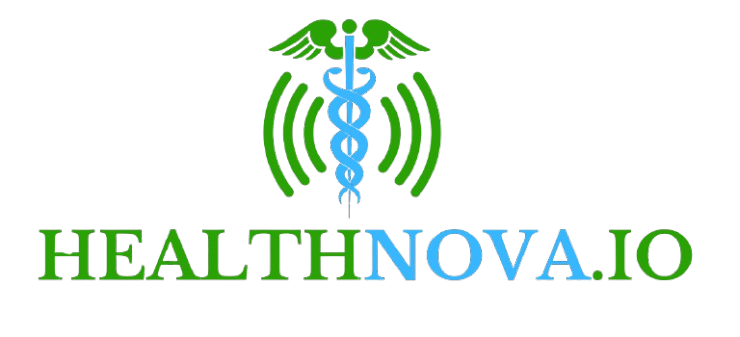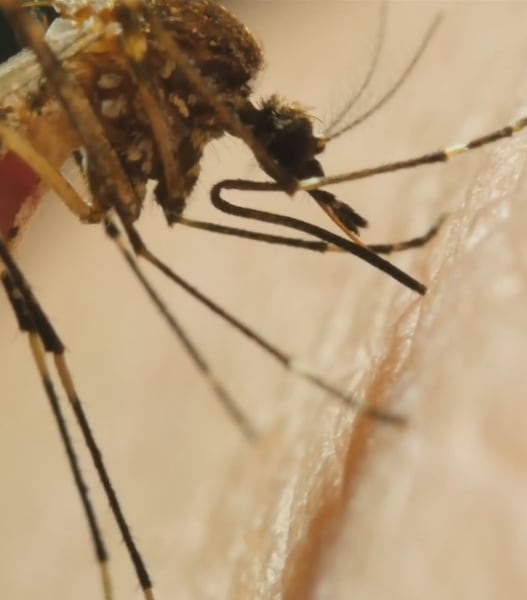Not all physical activity is made equally regarding a good night’s sleep. New studies have now found that there are four practices that can greatly help other aspects of sleep disorders without medical or treatment -based intervention. And they are all not expensive.
The International Research Team, led by the Beijing University of Medicine, surveyed 22 randomized contrasting tests, including an average of 50 years of age. The goal of the researchers was to see any exercise, which is best suited for a specific sleeping problem, that is, asleep, sleeping, sleep quality, duration and daytime fatigue.
Research is generally 8-12 weeks, and exercise was about 30-90 minutes and 2-5 times a week, respectively.
What they found was that there was no practice. Instead, four types of exercise could have a direct impact on sleep, but could have an impact in different ways.
Yoga is the most effective in increasing total sleep time. Some participants slept up to one hour at night. And the person who practiced yoga will find that the body combines the body with the breathing control and mindfulness, causing the sympathetic nervous system and excess. This study did not explain the optimal time, but yoga is considered a “good” windy “activity the evening before going to bed. The study also found that two to three sessions can provide sleep benefits for 7 days a week, which lasts at least one hour.
The second notable exercise was yoga advantage on Thai Chi. It also focuses on practicing slow movements, deep breathing and mindfulness, the same time and frequency (60 minutes, several times a week). Sleep time was improved by 30-50 minutes, and the elderly gave the most benefits in practice. In the first half, people helped people fall asleep faster for about 15-20 minutes. This may not be seen much, but sleep waiting time for more than 20 minutes is a general problem of insomnia.
Yoga quiets the sympathetic nervous system, while Thai can activate the parasympathetic nervous system to lower blood pressure, help digestion and encourage deep rest. Studies show that melatonin secretion potential and help people sleep all night (sleep continuity).
Yoga and Tai Chi can be both sides of the same coin, but the other two sleeping promotion exercises are quite different. The researchers found that walking or jogging for 30-50 minutes a week, reducing brain fog against daytime fatigue, encouraging mood stability, and helping to fall asleep when finished outdoors. These two physical activity worked more as a weekly investment in night rewards. Therefore, it is best performed in the morning or day, and outdoor lighting exposure helps to adjust the natural wake/rest time of the body.
Researchers pointed out that “walking or jogging can improve sleep through physiological and psychological paths, including increased energy consumption, reduced cortisol levels, improved emotional control, increased melatonin secretion and deep sleep.” “These synergy effects can be improved as a whole.”
Lastly, researchers found that strength training using resistance bands, gym machines, or weight exercises, for 45-60 minutes for each session, to promote slow sleep twice a week and interfere with broken sleep. Sleep damage or sleep sculptures can be caused by various factors such as anxiety, sleep apnea, backflow, noise, temperature, light and alcohol. Therefore, muscle exercises that do not affect the afternoon or early evening can break that over the end and make it more flexible to disturbance.
The team is also a cognitive behavioral therapy (CBT) in general, but it is not necessarily the best long -term sleep aid due to cost, accessibility and time commitment factors.
And there is no “suitable” in the size of insomnia, but this analysis emphasizes the benefits of quantifying various physical activity that can be adjusted according to the ability, time and requirements that are often overlooked when treating sleep disorders.
Researchers said, “The results of this study further emphasize the potential for exercise mediation in insomnia treatment, which suggests that their role can act as a primary treatment option that can execute beyond assistance.” “The current clinical guidelines are limited to mention of exercise, but This study provides relatively comprehensive comparable comparison evidence that you can see for the development of more specific and executable clinical recommendations. These interventions, including yoga, tie, walking or jogging (including low cost, minimum side effects and high accessibility, are suitable for integrating primary care and community health programs. ”
This study was published in the journal. BMJ evidence -based medicine.
source: Beijing University of Medicine Through ~ Scishx







































